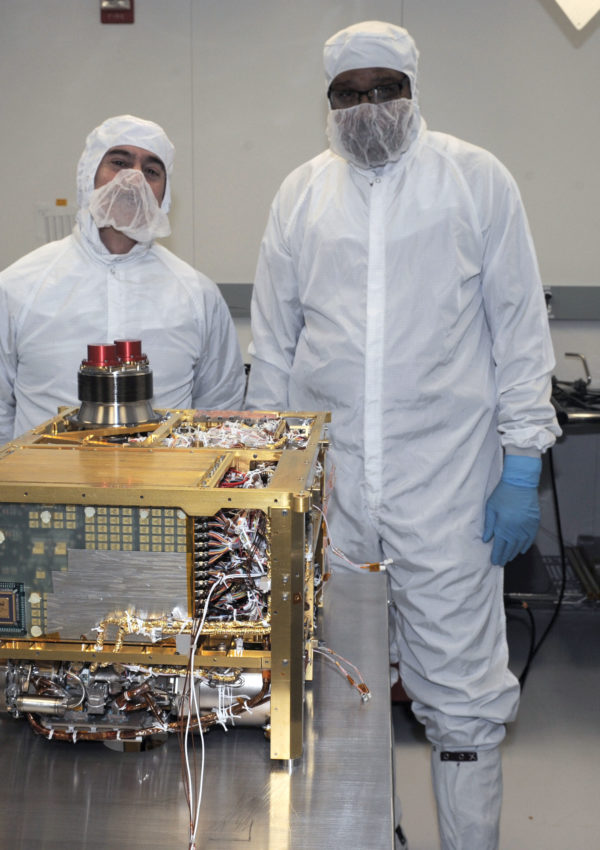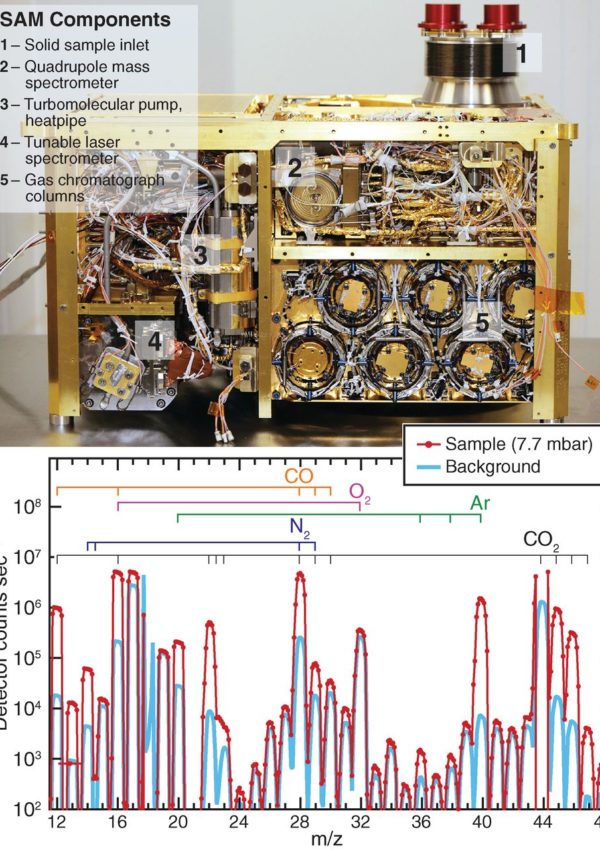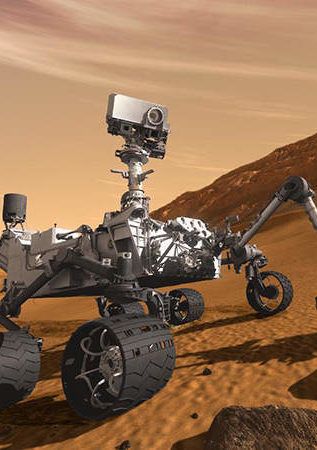Mars Science Lab / Sample Analysis at Mars
Summary
Mission: As a part of NASA’s Mars Science Lab aboard the Curiosity Rover, Sample Analysis at Mars will aid in the ongoing investigation into whether Mars ever had the right environmental conditions to support life.
Challenge: To search for carbon compounds, such as methane, and investigate how these elements are generated and destroyed in the Martian ecosphere.
Solution: SAM uses a suite of three instruments– a mass spectrometer, gas chromatograph, and laser spectrometer to measure the abundance of carbon and other light elements, such as hydrogen, oxygen, and nitrogen, associated with life. These measurements are accurate to within 10 parts per thousand.
Value: Identification of these elements is essential for the ongoing search for life on Mars and the evaluation of whether Mars could have supported life in the past.
Lab: SPRL
Key SAM Technology:
- C&DH Mass spectrometer
- Gas Chromatograph
- Tunable Laser spectrometer
- Analog Electronics
- MEB
Scientific Objective
Is there life on Mars? This is a question people have been asking since astronomers first turned their telescopes towards our red neighbor, and the idea really took hold of the public imagination in the early 1800s with purported observations of “canals” on Mars. Although there are not in fact sentient beings constructing channels and aqueducts on Mars, the search for microbial life on Mars, and evidence of past life, has been an ongoing investigation in the space science community since the first Mars rover landed in 1997. Though more advanced equipment has since visited the red planet in SPRL’s most recent NASA collaboration on MOMA, SAM paved the way with the most advanced rover mass spectrometer of its time.
MOMA collects and volatilizes organic materials through either novel ramp heating in the pyrolysis ovens or direct interrogation of the sample by intense ultraviolet (UV) laser pulses. The instrument’s multiple modes of volatilizing samples, in conjunction with the filtering of molecules through the linear ion trap, allows for a wide variety of compounds in the martian sediments to be detected and studied in unprecedented detail. This ionization method allows for detection of a broader array of heat-resistant materials while preserving weak chemical bonds that are important for molecular identification.
SPRL Contributions
- Development of a linear ion trap mass spectrometer (LITMS)



